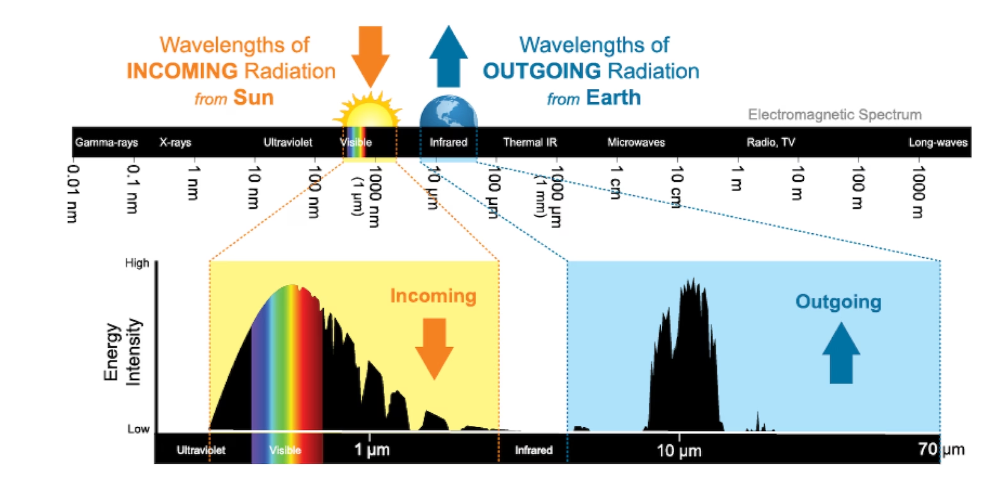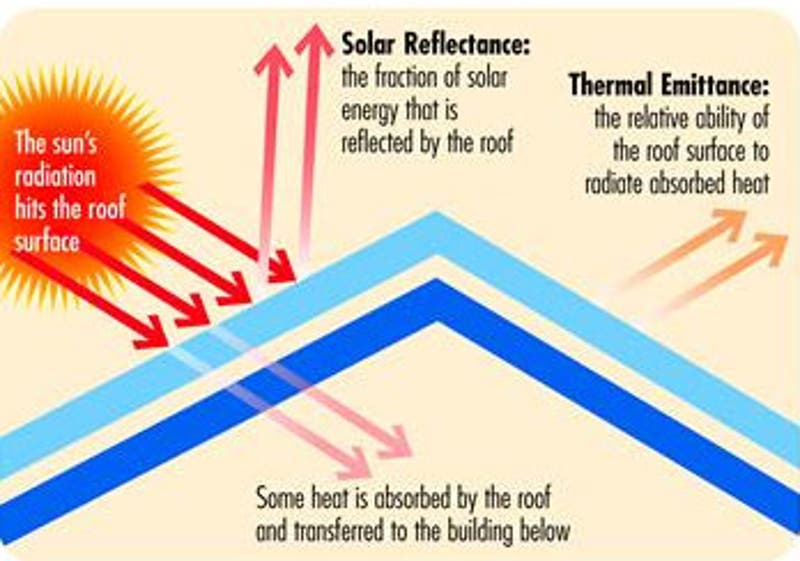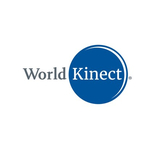
In 2010, a study by Berkeley Lab using data from NASA estimated that using “cool roof ” techniques on the roofs and pavement of all cities in the northern hemisphere could have a one-time effect of removing more than 44 billion tons of carbon dioxide — 24 billion tons from roofs and 20 billion tons from pavements. That’s more than the total of all global carbon emissions each year.
“If all eligible urban flat roofs in the tropics and temperate regions were gradually converted to white (and sloped roofs to cool colors), they would offset the heating effect of the emission of roughly 24 gigatons of CO2, but one-time only,” said Art Rosenfeld, a physicist at Berkeley Lab. “However, if we assume that roofs have a service life of 20 years, we can think of an equivalent annual rate of 1.2 Gt per year. That offsets the emissions of roughly 300 million cars (about the cars in the world) for 20 years!”
OK. Are you sitting down? While the world is frantically pushing the transition to electric vehicles in order to lower carbon emissions from the transportation sector, and scientists are pursuing research into geoengineering strategies that could cost trillions of dollars, here is a technique that is available and quite inexpensive that could offset the carbon emissions from 300 million cars and trucks. Why are we just hearing about this now? (Actually, CleanTechnica did report on this back in 2012.)
The Washington Post did a feature story on cool roof technology on June 20th, in which it said that cities, on average, are now 2 to 5 degrees warmer than rural or natural areas. On hot summer days, that difference can be as much as 20 degrees. A black roof in summer in New York City can get hot enough to literally fry an egg — 190º F.
Cities suffer from what is known as the “heat island” effect. They get so hot during the day that they can’t fully cool down overnight, meaning they start each new day with excess heat left over from the previous day. There were more than 10,000 heat related deaths in the United States between 2004 and 2018, according to the Centers for Disease Control and Prevention.
Passive Cooling & The Solar Roof
All those charming villages along the shores of the Mediterranean are not painted white so tourists can take pretty pictures of them. White reflects more sunlight than darker colors. That’s called solar reflectance, and it applies to the spectrum of visible light. But sunlight is also composed of infrared radiation, the energy we feel from a hot oven but cannot see. A white roof will reflect visible light, but not infrared radiation. That’s where cool roof research becomes important.
A “cool” roof should have both high solar reflectance and high thermal emittance, says Berkeley Lab. “We note that since the spectrum of thermal radiation (4-80 microns) does not overlap with that of solar radiation (0.3-2.5 microns), thermal emittance is independent of solar reflectance. Thus, we distinguish between the two when defining a cool roof.”
Berkeley Lab explains that substituting a cool roof for a warm roof reduces conduction of heat into the building, convection of heat into the outside air, and thermal radiation of heat into the atmosphere. This benefits our buildings, our cities, and our planet.
- Cooler outside air. Cool roofs lower urban air temperatures by reducing the amount of heat transferred from roofs to the air, mitigating the urban heat island effect.
- Fewer power plant emissions. Reflective roofs reduce cooling energy demand in air conditioned buildings, decreasing emissions of greenhouse gases and other air pollutants at power plants that burn fossil fuels.
- Better air quality. Cool roofs decrease urban air temperatures and thus slow the formation of ground level ozone. Ozone, the primary component of smog, can aggravate respiratory illness and can act as a greenhouse gas.
- Slowed climate change. Cool roofs decrease heat absorbed at the Earth’s surface and thus can lower surface temperatures. This decrease in surface temperatures reduces the flow of heat into the atmosphere, offsetting warming caused by greenhouse gases.
- Energy and cost savings. During hot summer months, cool roofs reduce the need for cooling in air conditioned buildings, which saves energy and money.
- Reduced electrical grid strain. The diminished demand for cooling energy will also moderate peak energy demand during heat waves and very hot summer afternoons, thereby decreasing the risk of power outages.
- Improved indoor comfort. Cool roofs lower the indoor air temperature in buildings that do not have air conditioning, promoting productivity and occupant health.
Cool roof technologies are more effective in hotter regions than cooler ones, yet studies show that reduced energy costs in the summer offset higher energy costs in the winter in all but the most northern portions of the United States.
There are also concerns that a white roof may not appeal to neighbors who have to look at it. Companies like 3M are working on cool roof materials that use darker colors and rely on increased thermal emittance to keep roofs cool. Tim Hebrink, a senior staff scientist at 3M, tells the Washington Post his company is now using granules that can reflect up to 25% of solar energy, even in dark colors — double the performance of conventional shingles. More advanced materials, such as polymer films, reflect more than 90% of incoming radiation at little to no extra cost across many colors. Hebrink says they will become available within two years.
More variety and falling prices are transforming the market, says Kurt Shickman, director of extreme heat initiatives with the Adrienne Arsht-Rockefeller Foundation Resilience Center. For years, advanced passive cooling roofing materials were priced about 30% higher than conventional ones. Today, they sell at a modest premium or even price parity. Just like the cost of other clean technologies, prices fall when large scale acceptance occurs.
The Atmospheric Window

Image credit: NOAA
The effect that cool roof strategies can have on the Earth results from what scientists call the “atmospheric window,” a narrow gap in the atmosphere that allows a certain band of electromagnetic radiation to be reflected back into space. With passive cooling technologies, a cool roof can be as much 54º F cooler than a comparable black roof. Mitigating the heat absorption properties of asphalt focuses more on solar reflectance, but can be of vital significance on a global scale. There’s a lot of black asphalt in the world.
Cool roof strategies benefit the entire planet, but people won’t use them if they offer no cost advantage, just as people won’t install solar panels just because they are good for the environment. There are tools that help calculate the savings that a cool roof will make possible for a homeowner, based on location, amount of insulation in the roof, type of structure, and energy prices on the area. Dow offers a Cool Roof calculator and there is a more technical calculator available from Oak Ridge National Laboratory.

Cool Roof Initiatives
The city of Los Angeles was one of the first in the US to mandate cool roofs for new buildings in 2013. Today, Houston, Austin, Toronto, Miami Beach, Atlanta, Denver, Chicago, and New York all have building codes or ordinances that require cool roof technologies. Many cities in Europe and India also require their roofs to have high solar reflectance and thermal emittance standards.
The question is, why is there not a global transition to cool roof strategies taking place? We have seen recently how policy decisions by the Biden administration have turbocharged the EV revolution. Similar policy initiatives could jumpstart a similar revolution in cool roof adoption.
This is the low hanging fruit in the fight to limit global heating. Forget spraying aerosols into the stratosphere or trying to capture carbon dioxide directly from the air. This would cost far less than either of those suggestions and be more effective as well. As the Washington Post says in its article on cool roof technology, “In the end, a cool roof is for everyone.”
Sign up for daily news updates from CleanTechnica on email. Or follow us on Google News!
Have a tip for CleanTechnica, want to advertise, or want to suggest a guest for our CleanTech Talk podcast? Contact us here.
Former Tesla Battery Expert Leading Lyten Into New Lithium-Sulfur Battery Era — Podcast:
I don’t like paywalls. You don’t like paywalls. Who likes paywalls? Here at CleanTechnica, we implemented a limited paywall for a while, but it always felt wrong — and it was always tough to decide what we should put behind there. In theory, your most exclusive and best content goes behind a paywall. But then fewer people read it! We just don’t like paywalls, and so we’ve decided to ditch ours.Unfortunately, the media business is still a tough, cut-throat business with tiny margins. It’s a never-ending Olympic challenge to stay above water or even perhaps — gasp — grow. So …




